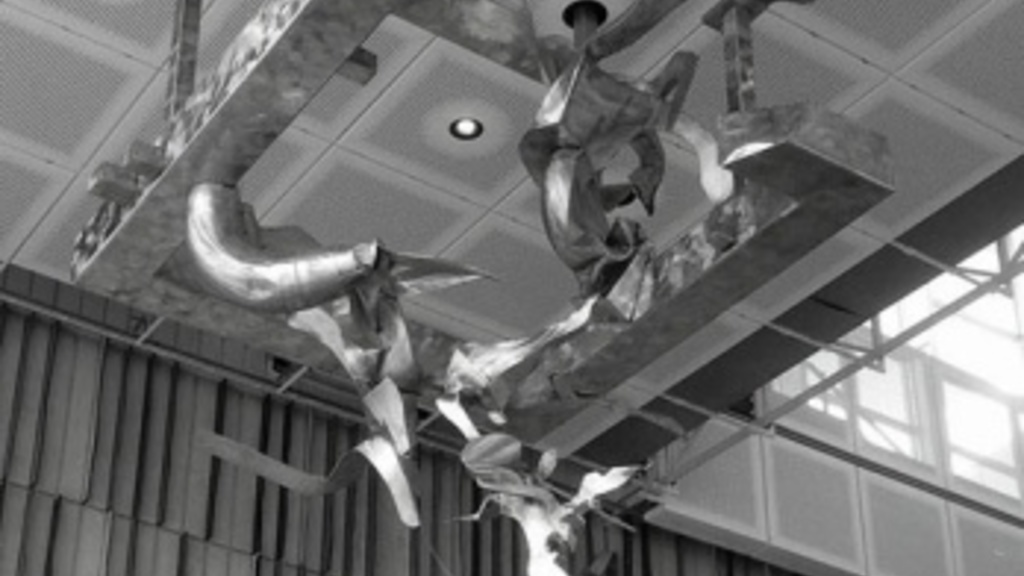Richard Hunt
di.a.pa.son, n. [Gr. diapason, lit. through all (notes).]
Mus. A bursting forth of harmony; the entire compass of a voice or an instrument; a pitch pipe or tuning fork; a standard of pitch; a name of either of two main stops in the organ, given because they extend through the scales of the instrument.
Born in Chicago in 1935, Hunt developed an interest in art and music from an early age. From seventh grade on, he attended the Junior School of the Art Institute of Chicago. He went on to study there at the college level, receiving a B.A.E. in 1957. A traveling fellowship from the School of the Art Institute took him to England, France, Spain and Italy the following year. While still a student at SAIC, he began exhibiting his sculptures nationwide and during his junior year one of his pieces, Arachne, was purchased by the Museum of Modern Art in New York. In 1962, he was the youngest artist to exhibit at the Seattle World's Fair.
In 1967, Hunt's career in sculpture began to take him outside the studio with his first large-scale public sculpture commission, Play (the first sculpture commissioned by the State of Illinois' Public Art Program). Since that time he has created over one hundred fifty commissioned works.
Hunt has received accolades and recognition throughout his career and was the first African-American sculptor to have a major solo exhibition at the Museum of Modern Art in New York City. His work can be found in numerous museums as well as both public and private collections. In 1968 he was appointed by President Lyndon Johnson as one of the first artists to serve on the National Council on the Arts, the governing board of the National Endowment for the Arts. He has received many fellowships, prizes and awards and holds fifteen honorary degrees from universities all over the country. In 2009, Hunt was awarded the Lifetime Achievement Award by the International Sculpture Center.
Artwork
